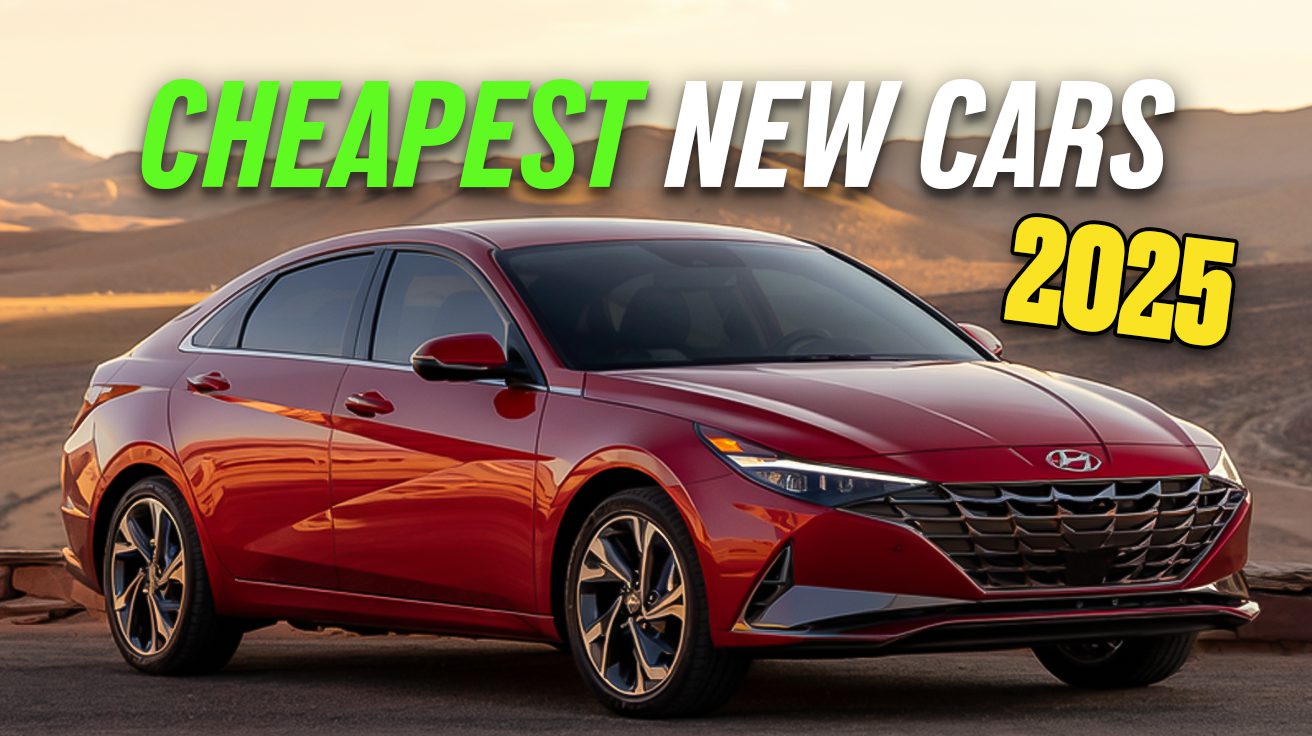The automotive landscape of 2025 resembles a peculiar economic experiment. While inflation squeezes budgets tighter than skinny jeans on a linebacker, car technology continues to improve at the lower end. Cars under $25,000 now pack capabilities that would’ve made a Mercedes owner weep with envy just five years ago.
We gathered information from experts at Car and Driver and comparison sites like The Car Connection and Cars.com to separate the genuine bargains from the falsely advertised money pits. These machines deliver genuine quality without breaking your financial spirit or requiring elaborate payment schemes.
14. 2025 Nissan Versa
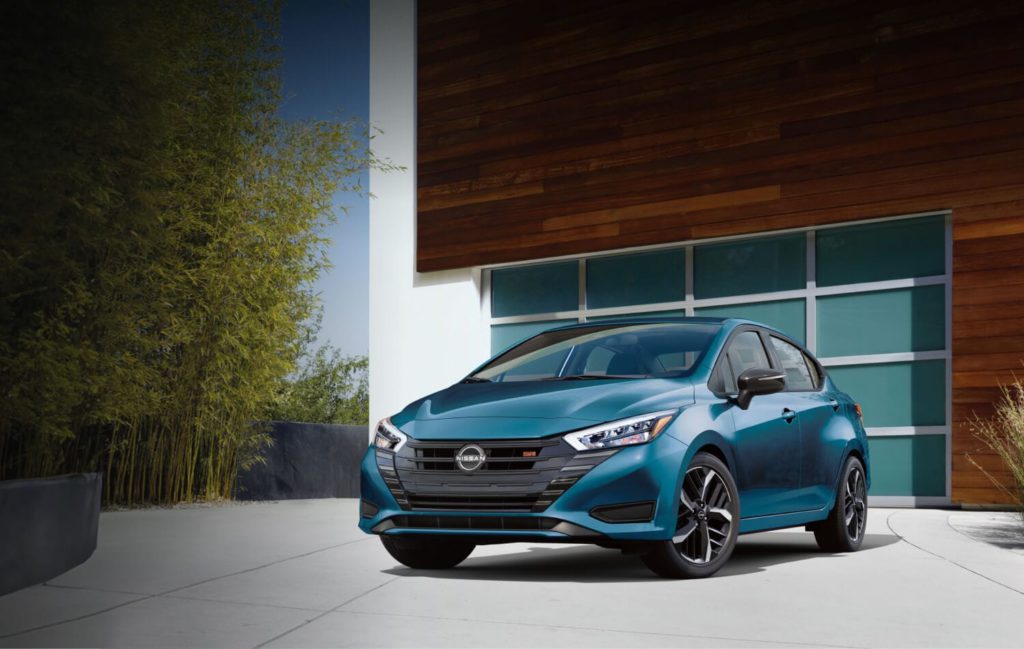
The Versa delivers surprising satisfaction despite its bargain price tag of $18,330. That’s a whopping $2,400 less than the average subcompact sedan, enough savings to fund a respectable vacation or 24 decent dinners out. The included 5-speed manual gearbox delivers all the mechanical connection of a proper driving machine, though for $1,800 more you can opt for the soul-sucking CVT and its admittedly impressive 40 MPG highway rating.
2025 Nissan Versa – Interior

Nissan engineers clearly spent their lunch money on the trunk rather than the cabin. The surprisingly cavernous 15.1 cubic foot cargo hold embarrasses several vehicles from premium segments, while the interior plastics feel suspiciously similar to recycled playground equipment. The sweet spot in the range is the mid-tier SV variant, which adds heated seats and a decent infotainment setup while keeping the price comfortably under the psychological $20,000 barrier that pleases budget-conscious buyers.
13. 2024 Mitsubishi Mirage/Mirage G4
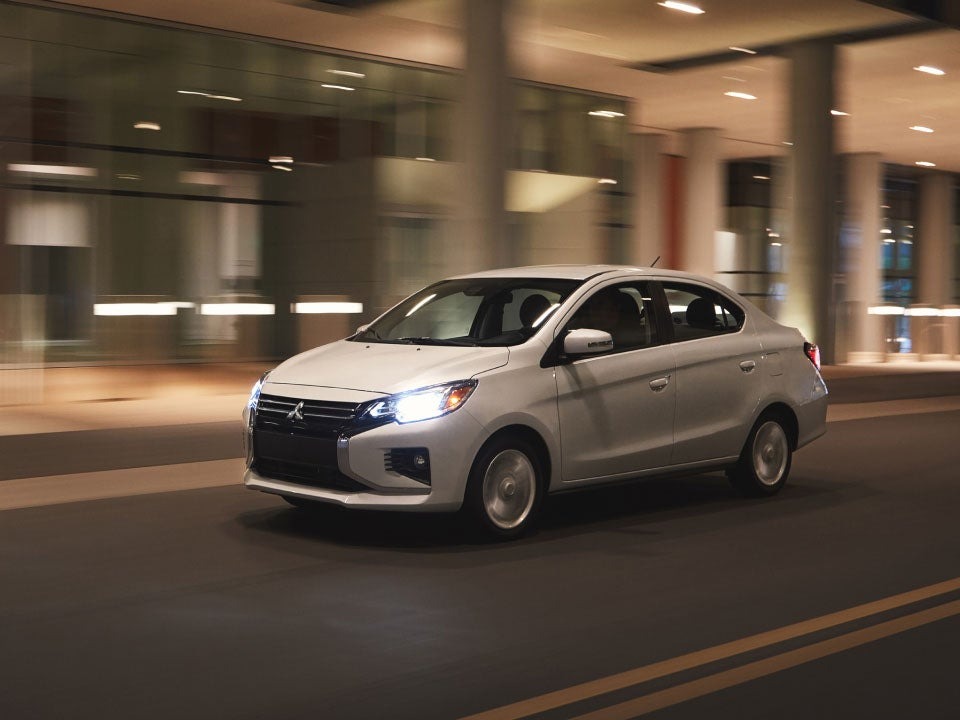
Urban warriors, rejoice! The Mitsubishi Mirage slips into parking spaces that would make a motorcycle feel claustrophobic. Starting at just $17,840 for the hatchback and $18,940 for the G4 sedan, this tiny Japanese offering features a 1.2L 3-cylinder engine generating a thoroughly underwhelming 78 horsepower. Floor the throttle and you’ll experience acceleration that makes continental drift seem hasty.
2024 Mitsubishi Mirage/Mirage G4 – Interior

What the Mirage lacks in power, it makes up for in practicality. The included CVT transmission helps squeeze 43 MPG from each drop of gasoline on highways, keeping monthly expenses around $65. Mitsubishi’s industry-leading 10-year/100,000-mile powertrain warranty suggests either remarkable confidence or spectacular guilt about the product. The steering feels lighter than a politician’s promise, making parallel parking almost telepathic, though highway driving becomes an adventure in momentum conservation. Perfect for urbanites who prioritize economy over acceleration.
12. 2024 Kia Forte
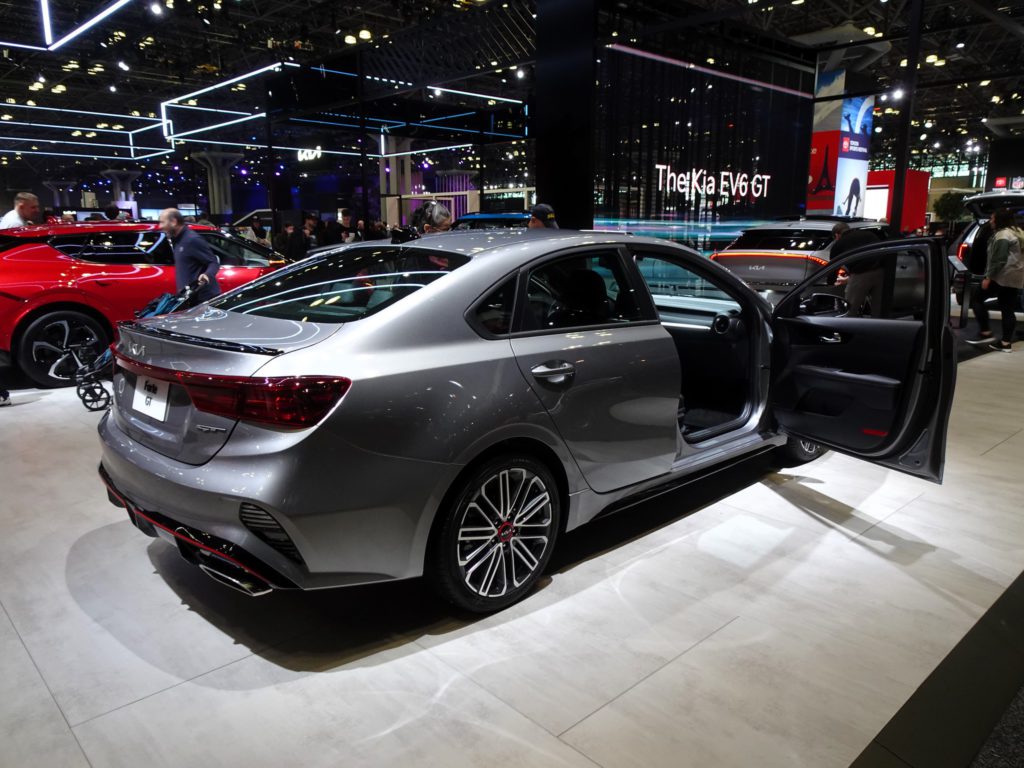
The 2024 Kia Forte blends style and value with surprising sophistication. Priced at $21,145, the Forte’s 2.0L 4-cylinder musters 147 horsepower through a CVT transmission that manages to be less annoying than most of its rubber-band imitators. The powertrain won’t set your heart racing, but it delivers highway merges without requiring prayer and maintains 35 MPG combined – a practical compromise for the real world.
2024 Kia Forte – Interior
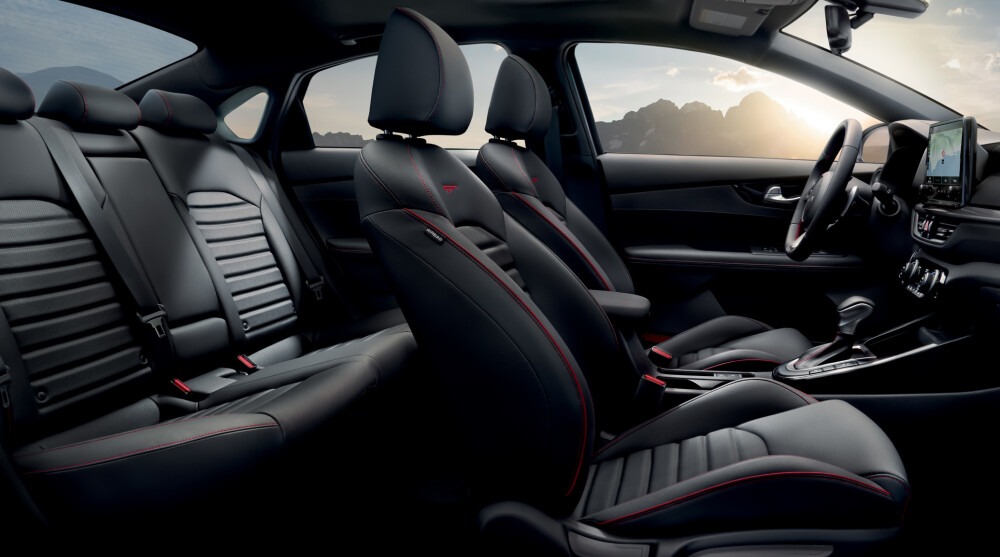
Kia’s 2024 refresh addresses previous shortcomings with improved sound deadening that makes highway cruising noticeably less shouty. The 8-inch touchscreen offers wireless Apple CarPlay and Android Auto integration that functions with the reliability of gravity – a rarity in vehicles commanding much higher prices. The warranty coverage (5-year/60,000-mile basic, 10-year/100,000-mile powertrain) reduces ownership costs by approximately $1,200 compared to competitors, proving that Korean manufacturers understand that peace of mind shouldn’t be a luxury privilege.
11. 2025 Hyundai Venue

Hyundai’s Venue tackles the crossover market with the boldness of a discount enthusiast at a sample sale. For $21,395, you get the commanding view and practical space of an SUV while spending compact car money – a feat worthy of applause. The tiny 33.2-foot turning circle transforms urban navigation from warfare to ballet, pivoting around obstacles that would leave larger SUVs performing 37-point turns.
2025 Hyundai Venue – Interior
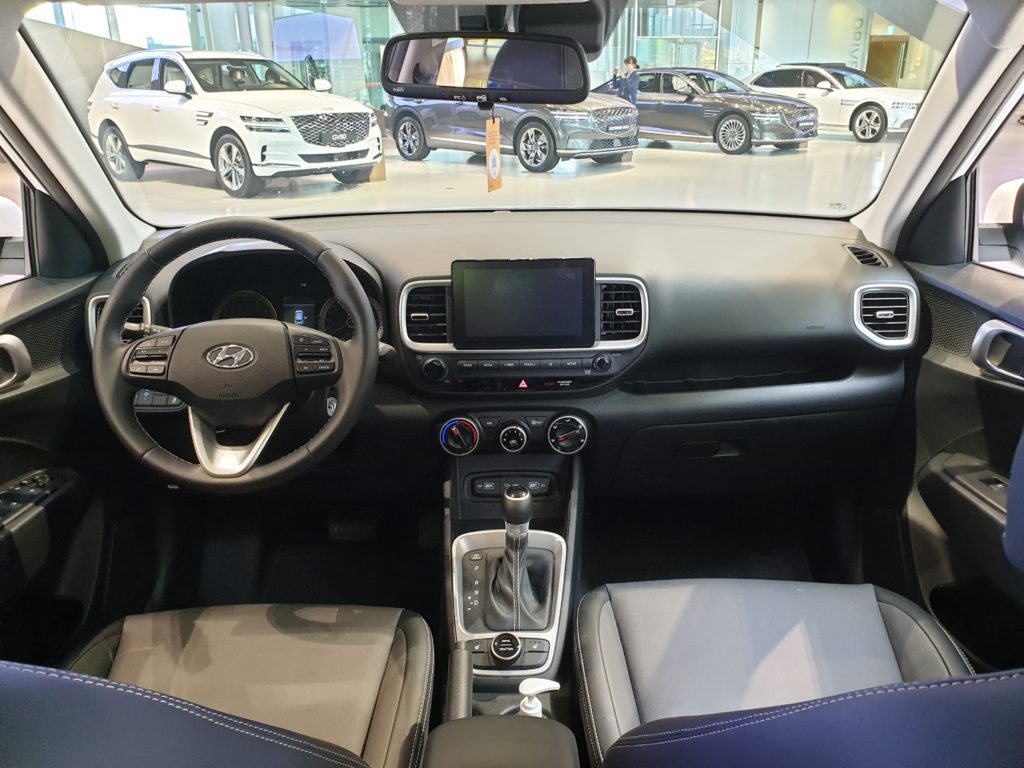
Under the hood lurks a 1.6L four-cylinder producing a modest 121 horsepower – roughly the same output as a riding lawnmower with ambition. The CVT transmission helps achieve 32 MPG combined, keeping monthly gasoline expenses around $80. The secret weapon in the Venue’s arsenal is its weight; at just 2,612 pounds, it’s nearly 700 pounds lighter than most competitors. Pro tip: skip the overpriced AWD configurations on alternatives and invest in proper winter tires instead. You’ll save $2,000 upfront and enjoy better stopping performance, which matters far more when you’re sliding toward a snowbank.
10. 2025 Chevrolet Trax
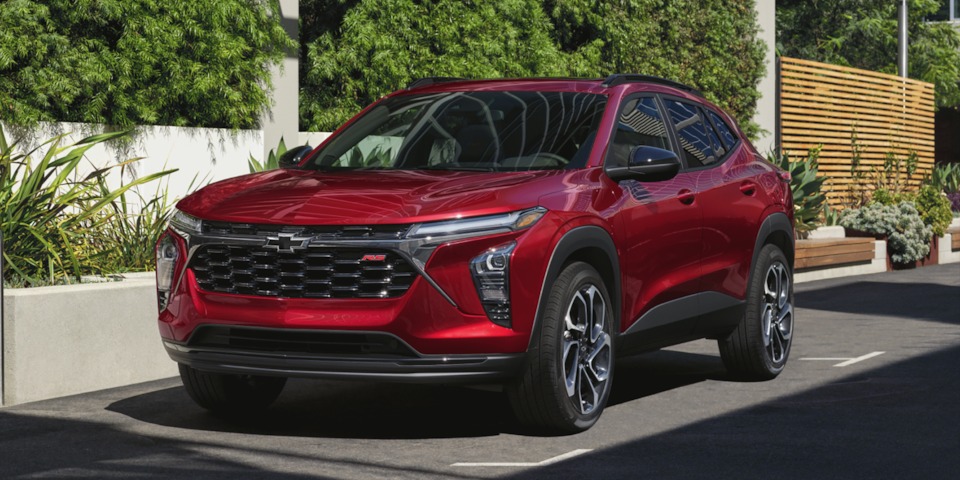
Chevrolet’s designers clearly experienced a collective awakening when redesigning the Trax for 2024. The 2025 model continues this renaissance, looking genuinely attractive rather than like a sad transportation appliance. Starting at $21,495, the Trax now wears LED lighting elements and offers two-tone roof combos that mimic vehicles demanding far larger payments. GM finally stopped treating safety technology like expensive options on a Vegas buffet, making automatic emergency braking, lane-keeping, and forward collision alerts included equipment.
2025 Chevrolet Trax – Interior
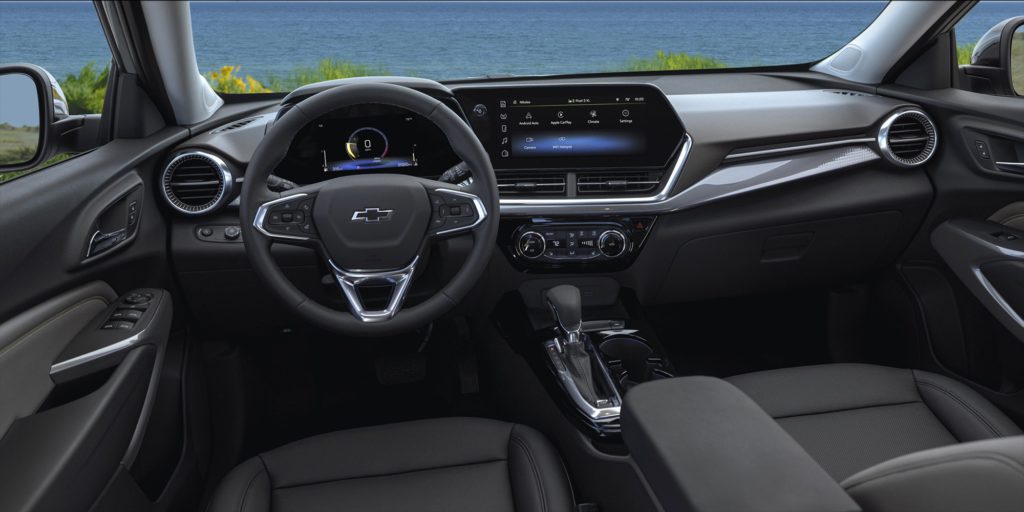
The interior receives a proper infotainment interface with wireless Apple CarPlay and Android Auto that functions with surprising competence. Expect about 30 MPG combined, translating to $85 monthly in fuel costs – reasonable for something shaped like a small shoe box. The front-drive-only configuration means winter driving requires appropriate tires, not the all-season compromises that come from the factory. The target demographic seems clear: young buyers who want crossover style and tech without the financial obligations that typically accompany such aspirations.
9. 2025 Kia Soul
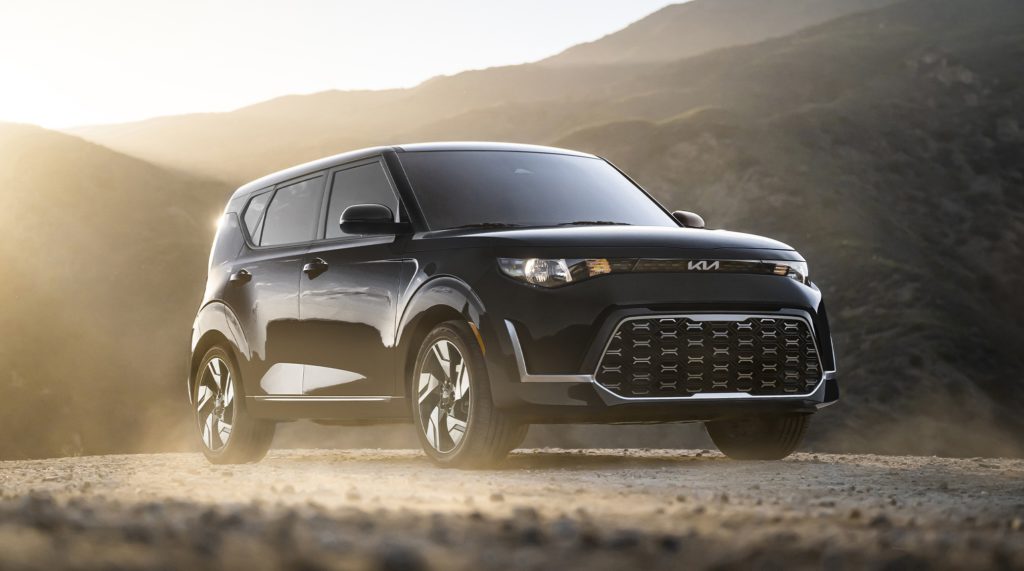
The Kia Soul continues its defiant stance against conventional automotive design with unapologetic individuality. Starting at $21,665, this geometrically bold creation demonstrates that practical transportation doesn’t require conformity. The deliberately angular shape creates a cavernous 62.1 cubic feet of cargo space with seats folded – enough room to transport a small IKEA department. For shoppers interested in space and comfort, these models join a wave of small cars with big comfort worth considering.
2025 Kia Soul – Interior
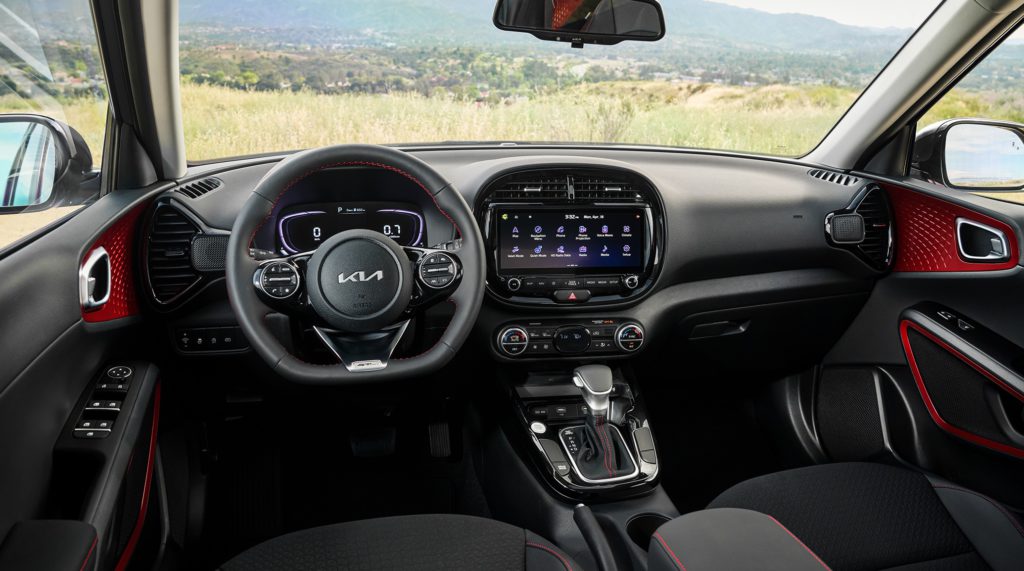
Fuel economy holds steady at 30 MPG combined, not remarkable but acceptable given its practical shape has the aerodynamic properties of a brick. The commanding seating position offers visibility that makes SUV owners question their financial decisions, while the tight 34.8-foot turning radius transforms urban maneuvers into point-and-shoot affairs. The smart money goes toward the mid-level S package, adding heated seats and crucial safety technology for $1,800 – roughly the cost of a single option group on German alternatives. Young families get SUV practicality without the premium pricing or terrible parking experience.
8. 2025 Nissan Sentra
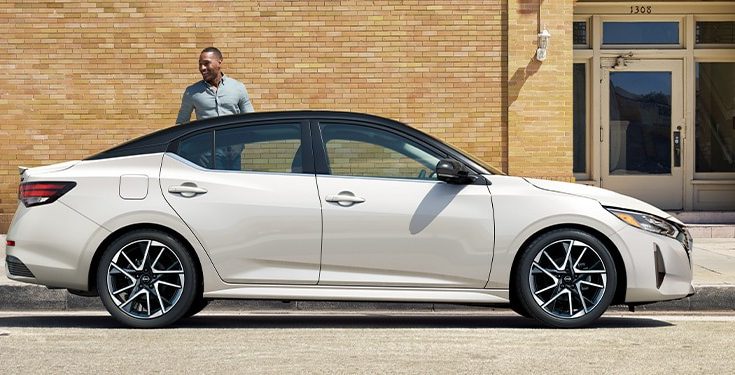
Nissan’s Sentra performs an impressive balancing act for $22,730, delivering refinement that exceeds its modest price tag. Engineers actually prioritized comfort over marketing claims, fitting independent rear suspension that tames road imperfections with surprising sophistication. The 2.0L four-cylinder churns out 149 horsepower – not enough to frighten sports cars but sufficient to merge without writing a will first – while achieving 40 MPG highway and keeping monthly costs around $75.
2025 Nissan Sentra – Interior
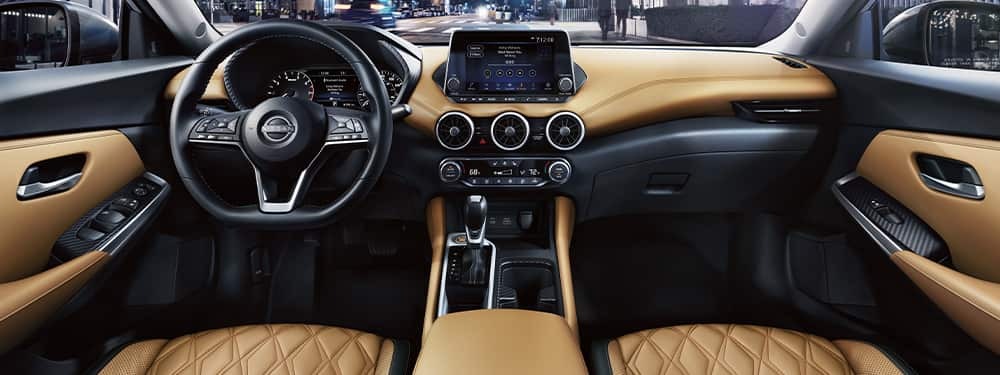
Safety Shield 360 comes built-in, bundling six advanced protective mechanisms that luxury brands would charge you thousands to add. The cabin offers 96.1 cubic feet of passenger space, though rear passengers will find their knees closer to their chests than in some competitors. The true hidden gem is the SV grade with Premium Package, bringing quilted leather seats and a panoramic sunroof for mainstream money. It delivers premium touches without the accompanying financial strain that typically follows luxury aspirations.
7. 2025 Hyundai Elantra
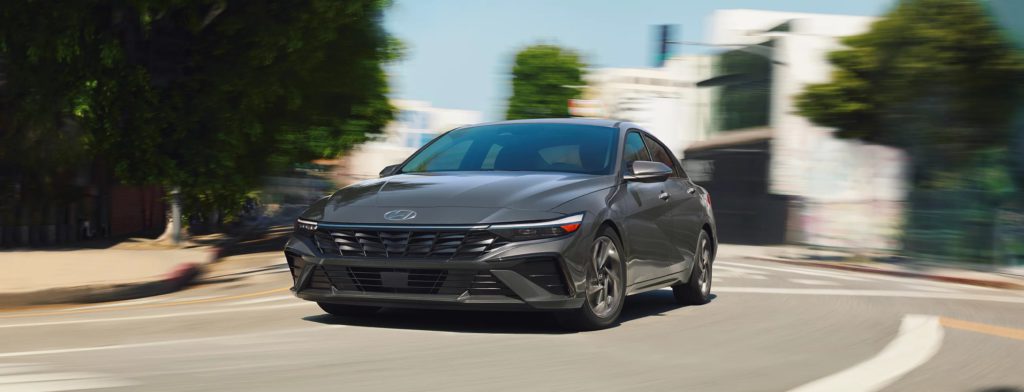
Hyundai’s Elantra serves as a rolling safety capsule for $23,025. Its IIHS Top Safety Pick+ certification isn’t just marketing fluff – it represents survival odds that would impress a NASA engineer. Included protective tech includes forward collision avoidance that detects pedestrians (even the ones glued to their phones), lane keeping that actually works, and a driver attention monitor that knows when you’re nodding off before you do
2025 Hyundai Elantra – Interior
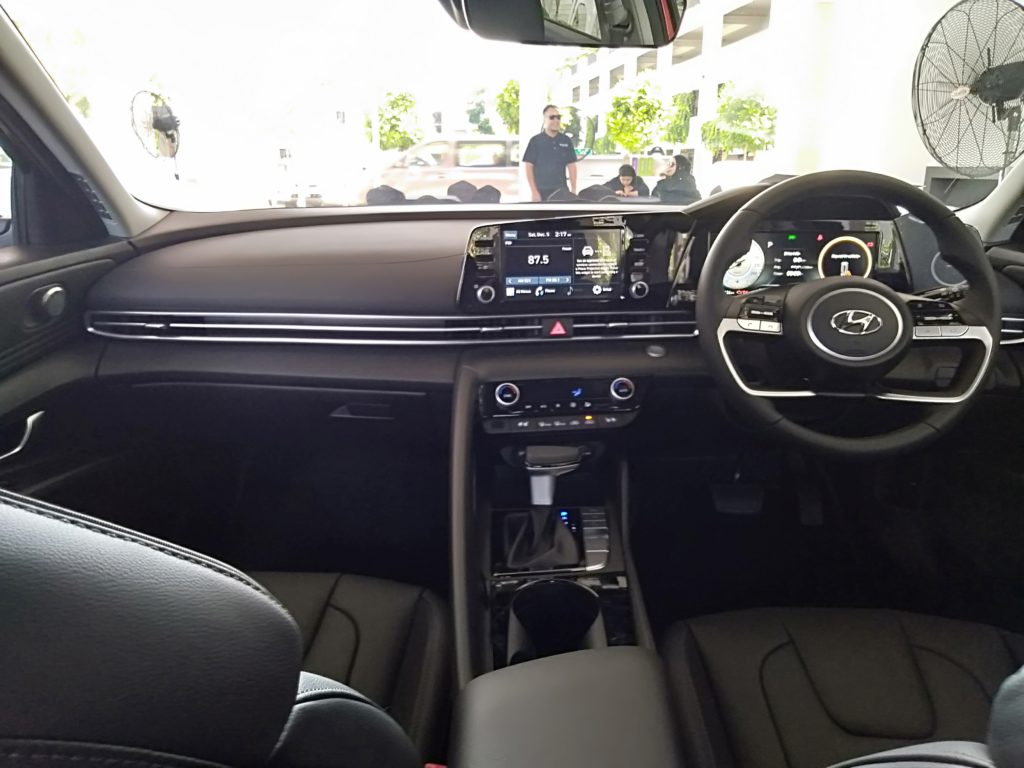
Efficiency hits a respectable 37 MPG combined, keeping monthly gas expenses around $72. The cabin offers 113.6 cubic feet of total volume – more spacious than midsize sedans from 2015. The 8-inch touchscreen connects wirelessly to your digital life without requiring premium packages that mysteriously cost more than the actual technology within them. The hybrid variant demands $2,250 extra but delivers 54 MPG and saves roughly $400 annually – making it one of the few eco options that delivers tangible financial benefits within a reasonable ownership period.
6. 2025 Volkswagen Jetta
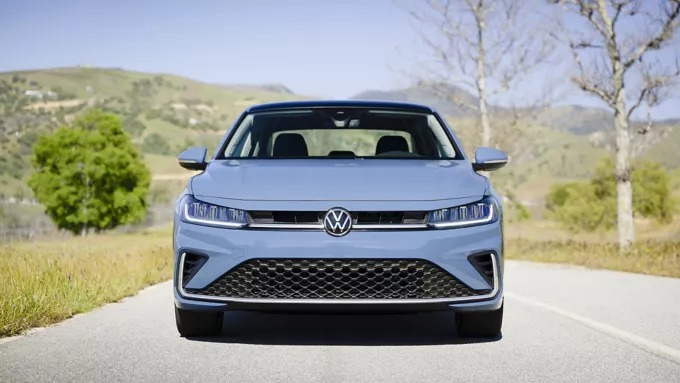
Germany sends the 2025 Jetta as its ambassador to the budget car segment, starting at $23,220. VW’s IQ.Drive safety suite brings technology typically reserved for cars with inflated price tags and premium badges – including semi-automated driving that works with impressive precision for something priced below a designer handbag. The turbocharged 1.5L engine extracts 42 MPG during highway cruising while maintaining enough torque to make passing maneuvers decisive rather than theoretical.
2025 Volkswagen Jetta – Interior
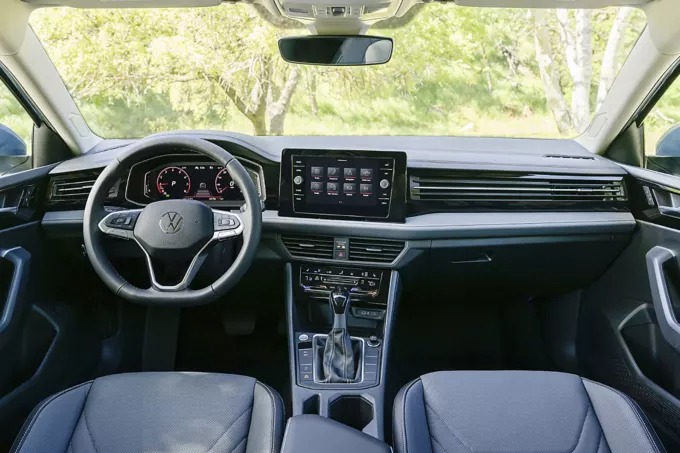
VW’s cabin ergonomics showcase an attention to detail that makes Japanese competitors seem like they’re trying too hard and American rivals like they’re barely trying at all. The tactile satisfaction of switchgear operation feels lifted from products from luxury segments. The Jetta delivers that characteristic German solidity – as if carved from a single block rather than assembled from parts. For enthusiasts masquerading as responsible adults, the Sport configuration transforms this sensible sedan with electronic differential and tighter suspension for just $1,500 – creating the rare affordable car that actually enjoys corners rather than merely tolerating them.
5. 2025 Toyota Corolla
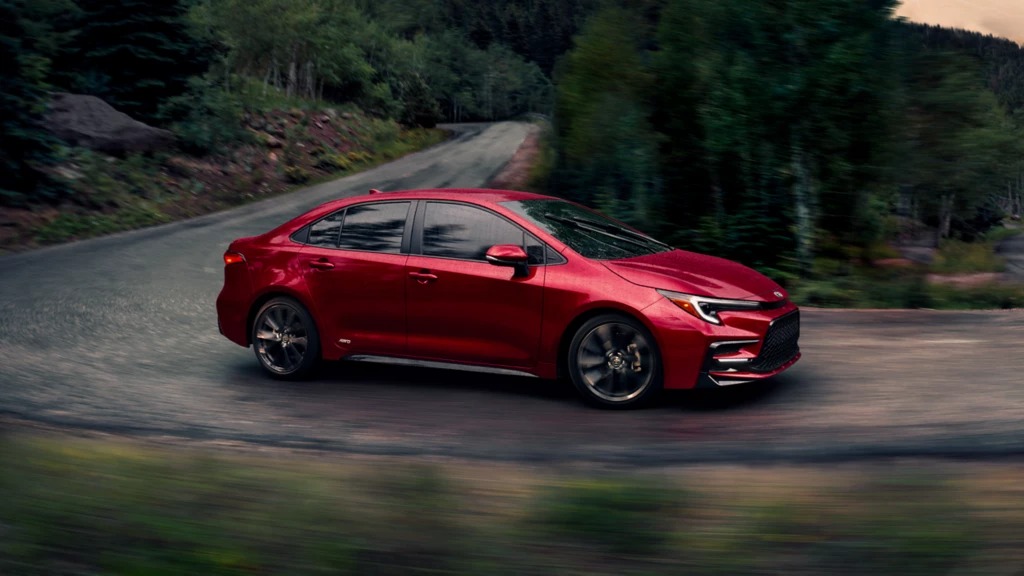
Toyota’s Corolla continues its 50-year mission to outlast its owners, starting at $23,310. The latest iteration comes equipped with Safety Sense 3.0 – a suite of driver aids so comprehensive it makes NASA’s redundancy protocols look casual. The arrangement includes pedestrian detection that actually recognizes humans at night and intersection support that accounts for drivers who treat red lights as suggestions. The infotainment interface finally features voice recognition technology that understands accents beyond “Midwestern news anchor.”
2025 Toyota Corolla – Interior
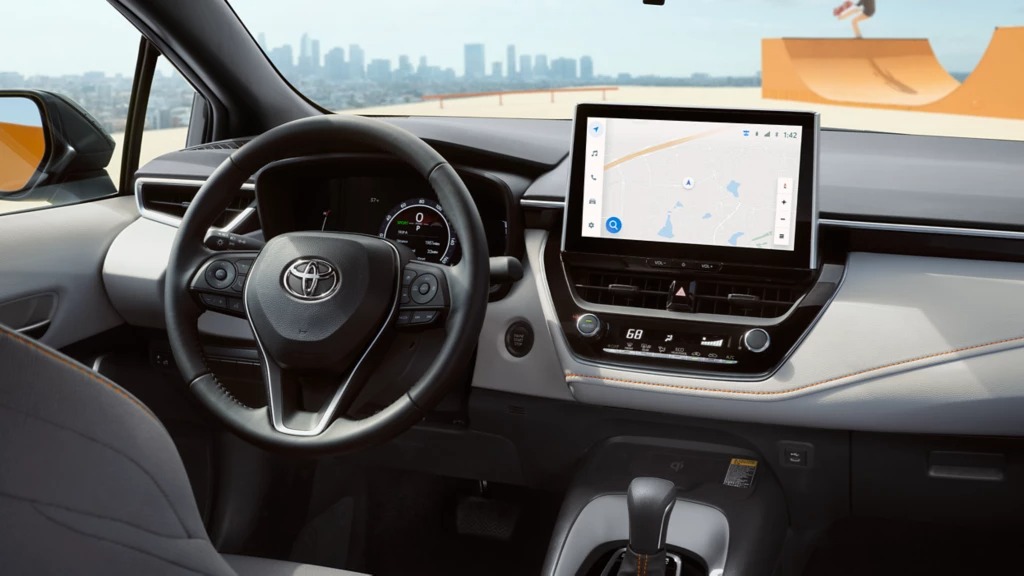
The hybrid variant achieves a remarkable 50 MPG combined, slashing monthly gas expenses to $52 – transforming the gas station from a weekly obligation to a monthly curiosity. With predicted reliability scores of 84/100, the Corolla promises to keep running while other vehicles develop expensive electronic personalities. If lasting power matters most, consider comparing it to the most reliable engines that have a track record for trouble-free longevity.
Toyota’s 10-year/150,000-mile hybrid battery warranty demonstrates either extraordinary engineering confidence or access to technology that defies conventional automotive longevity. The Corolla remains pragmatic transportation – not exciting, but utterly dependable when reliability matters most.
4. 2025 Chevrolet TrailBlazer
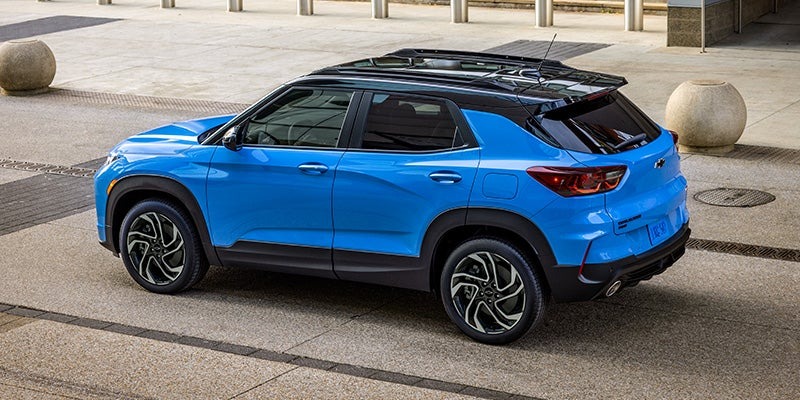
The TrailBlazer demonstrates Chevrolet’s remarkable discovery that affordable vehicles don’t need to look like punishment. With a starting price of $23,395, this compact SUV wears styling that could pass for something requiring far larger monthly payments. GM’s marketing department somehow convinced the accounting team to approve luxury amenities like a hands-free power liftgate and panoramic roof – items that would require significant negotiation with German salespeople to include on their base models.
2025 Chevrolet TrailBlazer – Interior
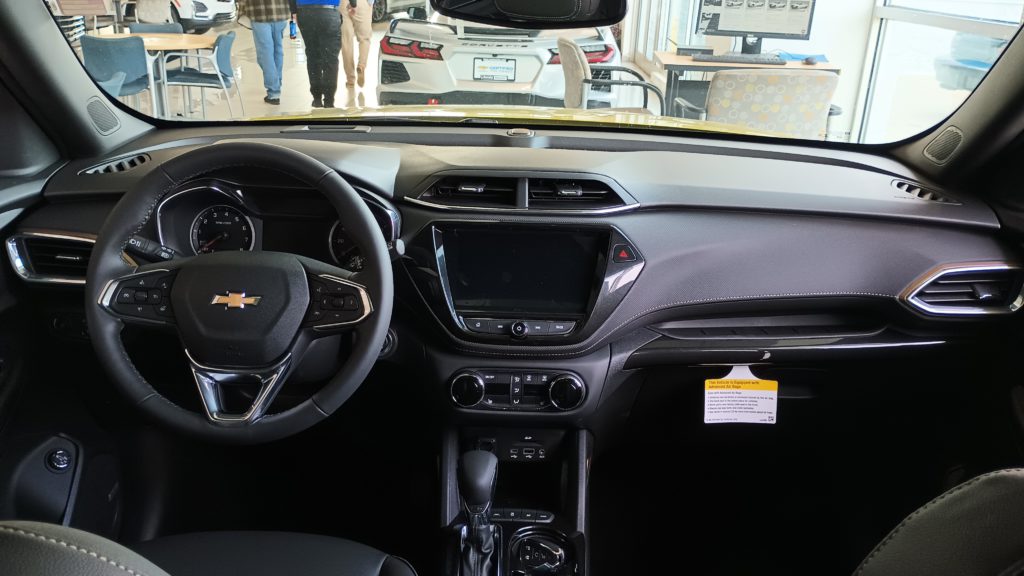
With 54.4 cubic feet of maximum cargo capacity, the TrailBlazer swallows furniture, camping gear, or your latest shopping expedition haul with equal ease. Front-wheel drive proves sufficient for most regions, while the $1,500 AWD mechanism provides winter capability without requiring specialized rubber endorsed by Arctic explorers. The included onboard Wi-Fi hotspot transforms road trips from endless rounds of “I Spy” to peaceful digital entertainment. Savvy shoppers gravitate toward the ACTIV version, which adds meaningful off-road upgrades like increased ground clearance and specially-tuned dampers that actually improve ride quality on broken pavement.
3. 2025 Subaru Impreza
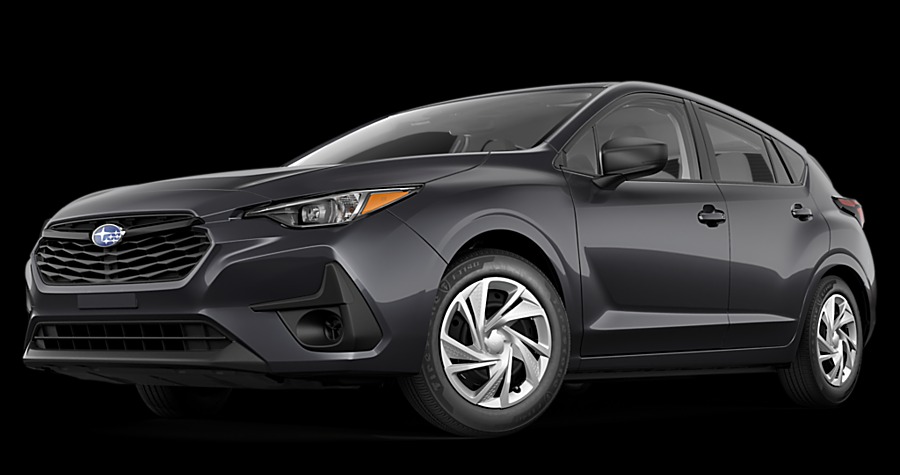
Subaru’s Impreza delivers all-wheel drive as base equipment for roughly $23,500 – a capability that would require considerable additional investment on other vehicles, or at minimum paying a $2,500 premium. Snow belt drivers get immediate value while southerners pretend they need the capability for the two days per year their region experiences weather. The horizontally-opposed boxer engine sits lower in the chassis than conventional designs, creating a center of gravity that keeps the car planted when physics suggests it should be exploring ditches.
2025 Subaru Impreza – Interior
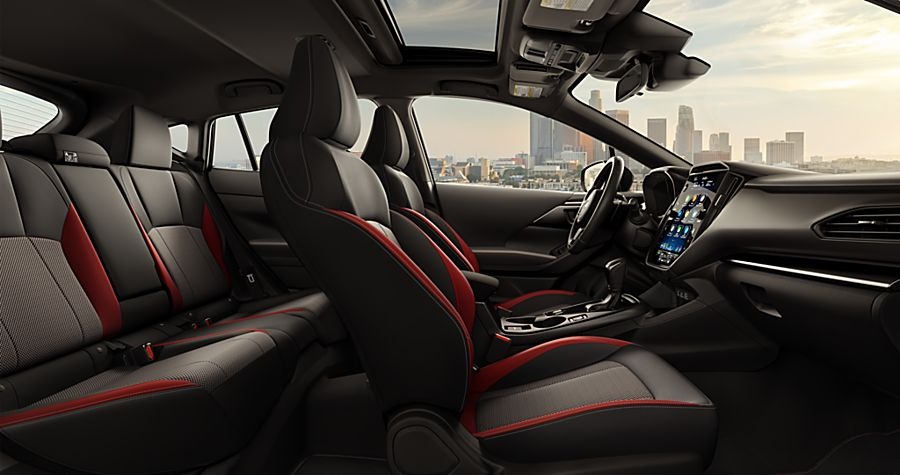
The hatchback configuration swallows 20.8 cubic feet of cargo behind the rear seats – nearly 40% more stuff-hauling capacity than sedans claiming to be “practical.” Outdoor enthusiasts appreciate the 5.1 inches of ground clearance that prevents expensive scraping sounds on forest access roads. Despite carrying enough differential hardware to make an engineer smile, the Impreza manages 32 MPG combined – roughly equivalent to front-drive competitors that become stranded in winter conditions. Monthly gas costs run about $82, a small premium for year-round mobility that doesn’t require planning your life around weather forecasts.
2. 2025 Nissan Kicks

City dwellers need vehicles designed for urban combat, and the Nissan Kicks delivers precisely that formula for $23,220. Measuring just 169.1 inches long – nearly two feet shorter than typical midsize sedans – the Kicks slips into parking spaces that other drivers circle the block to avoid. The elevated seating position provides the commandeering view necessary to spot both available parking and the tourists who suddenly decide to photograph buildings from the middle of the street.
2025 Nissan Kicks – Interior
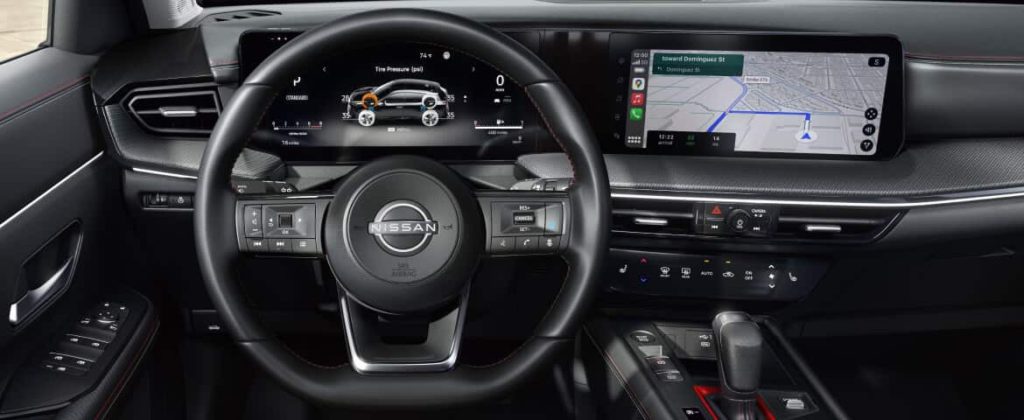
Fuel efficiency hits 36 MPG highway, keeping monthly expenses around $72 – resources better allocated to overpriced coffee or rent. Nissan’s Safety Shield 360 bundles six advanced protective mechanisms that prove particularly valuable when navigating streets shared with distracted pedestrians, kamikaze cyclists, and rideshare drivers with 17 GPS screens. The tight 34.1-foot turning radius transforms three-point turns into casual flicks of the wrist. Informed buyers choose the SV variant, which adds adaptive cruise control and improved infotainment for $1,590 – a reasonable investment for significantly improved daily usability.
1. 2025 Kia K4
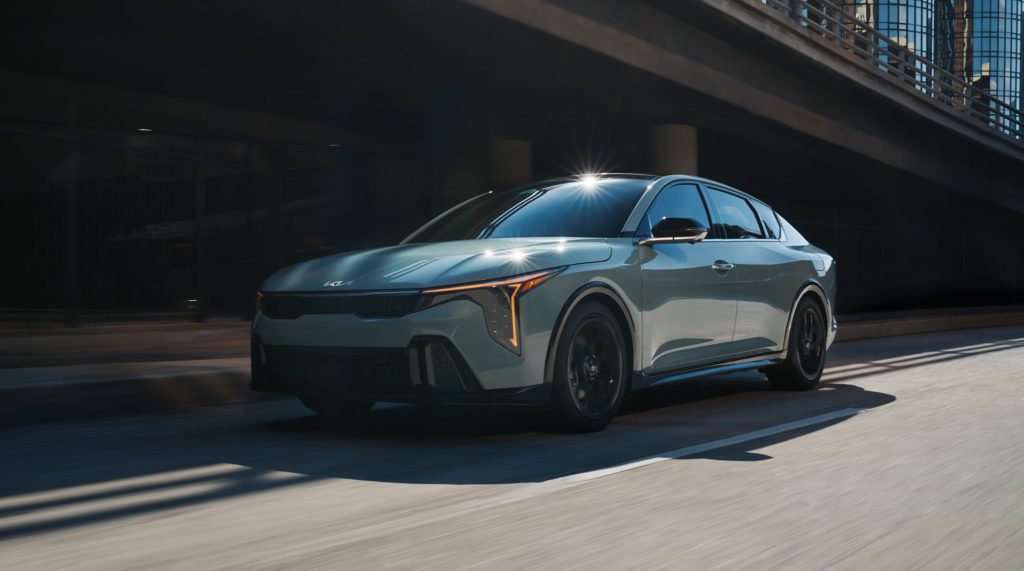
Kia’s K4 stands as compelling evidence that budget transportation needn’t look or feel compromised. Starting at $23,165, this sleek sedan wears styling that makes some $50,000 luxury cars look dated and unimaginative. The fastback profile and LED lighting elements create visual drama typically reserved for vehicles requiring much heftier financial commitment. Inside, the 10.25-inch touchscreen makes competitors’ infotainment displays look like calculator interfaces from the 1980s.
2025 Kia K4 – Interior
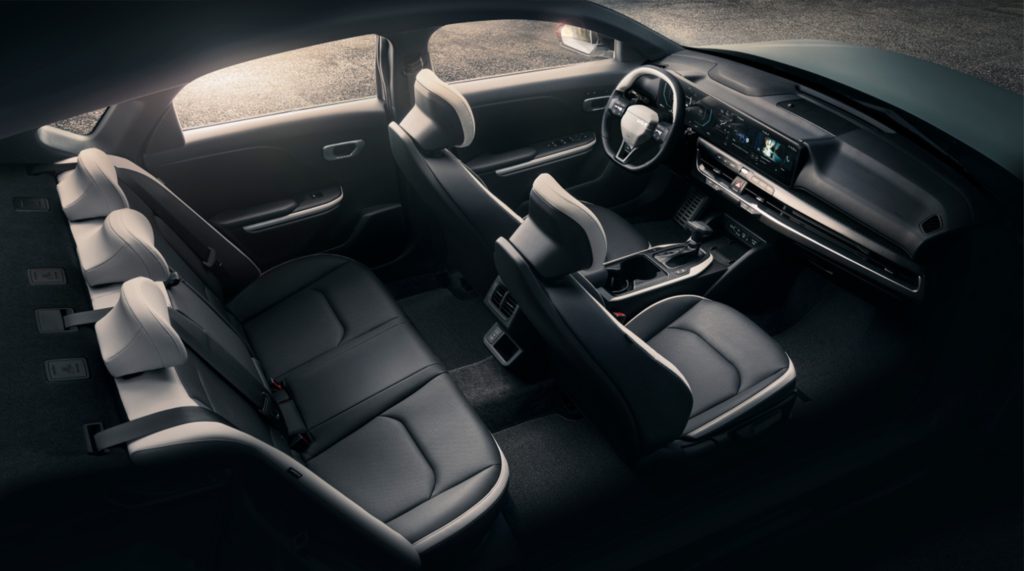
The cabin provides a genuinely impressive 98.2 cubic feet of passenger volume with 35.2 inches of rear legroom – measurements that would satisfy NBA players sitting behind other NBA players. Every model includes advanced driver assistance that would cost thousands to add on European sedans, functioning with the precision of arrangements from premium manufacturers. Kia’s industry-leading 10-year/100,000-mile powertrain warranty adds approximately $1,500 in value compared to typical coverage – delivering long-term protection without requiring premium payments. First-time buyers get sophisticated aesthetics and technology typically associated with much higher price brackets.


